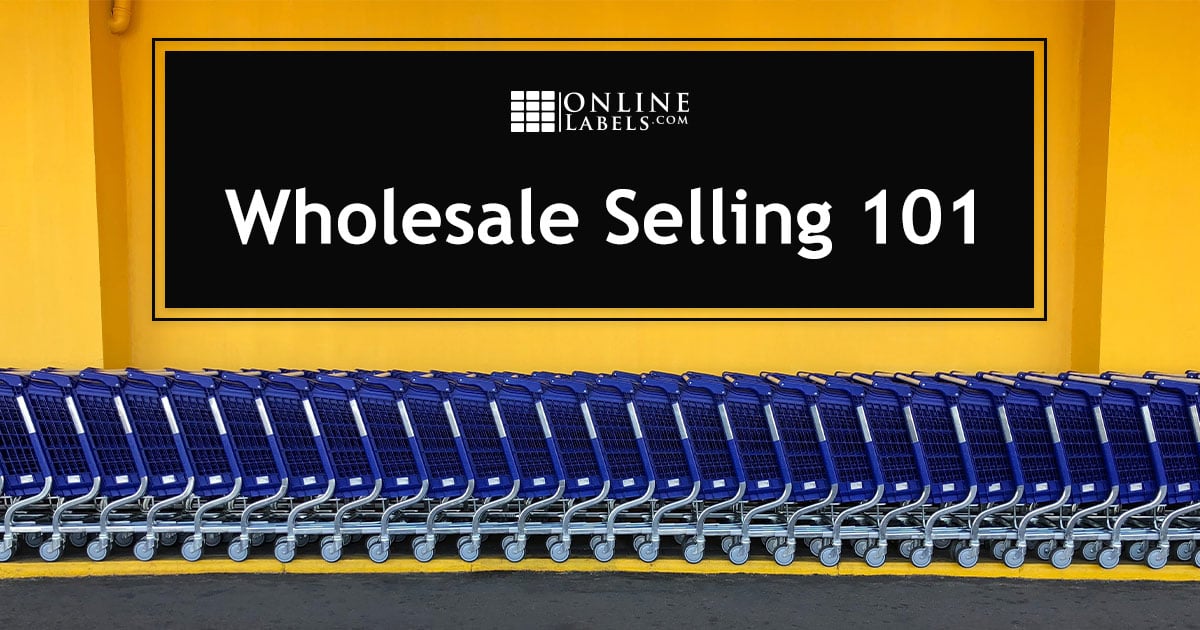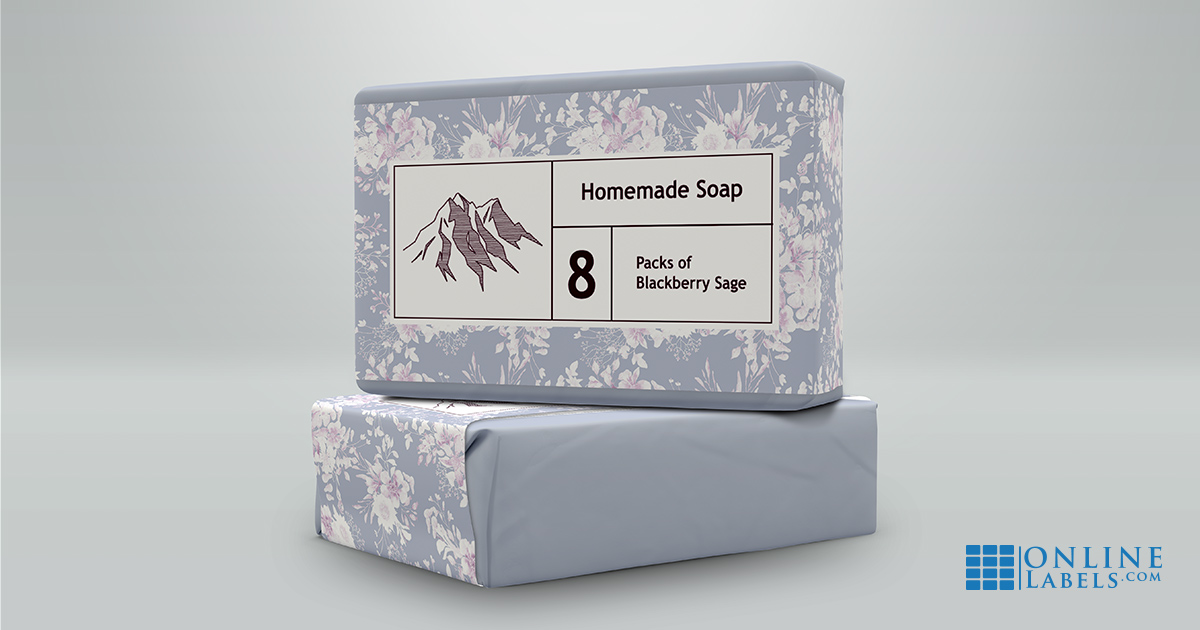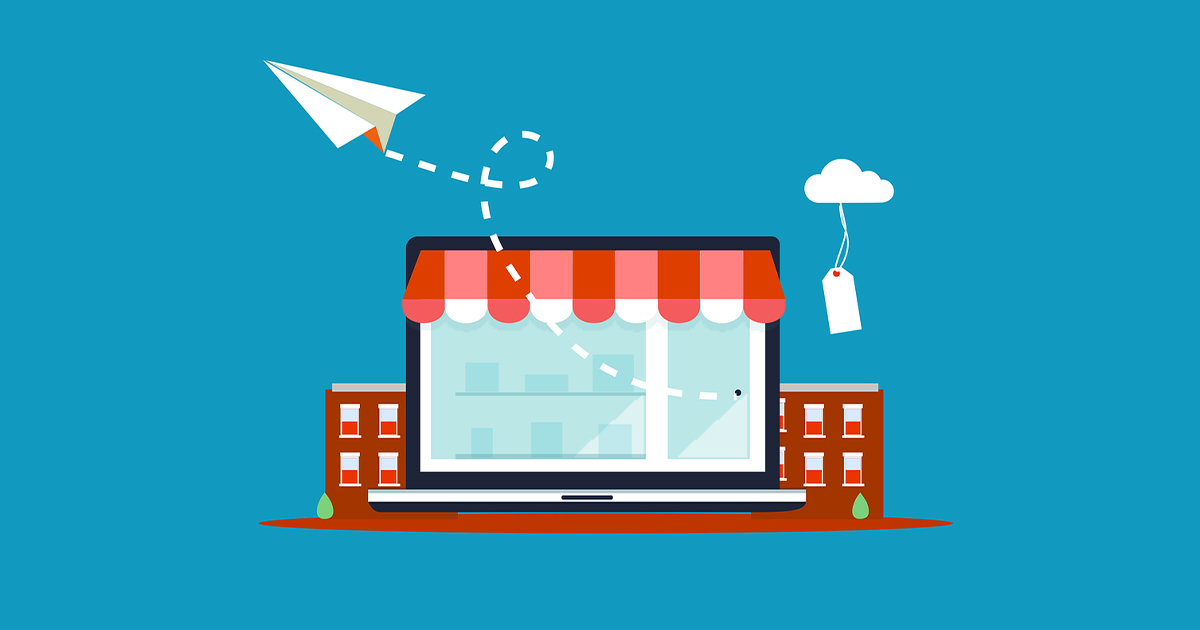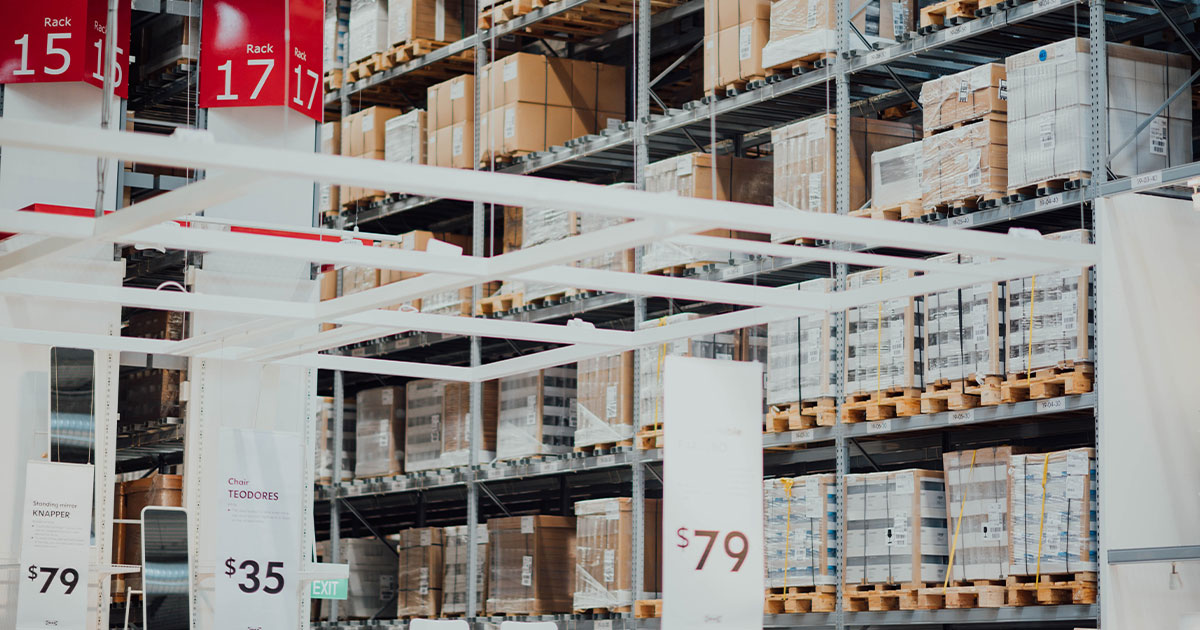How to Master Selling Wholesale

So you want to sell wholesale? Whether you're an established business selling directly to consumers or a newer business with a fresh batch of product, wholesale can take your sales to new heights.
Along with expert advice from Mark Kwong of the online wholesale platform Brandboom, we'll review how to know if you're ready, how to craft the perfect pitch, and how to maximise your chances of selling to a major buyer.
What is selling wholesale?

Wholesaling means selling your product to a distributor or major retailer, who then sells to the consumer. The product is usually bought in bulk at about 50% of retail price. The payoff percentage is less than consignment, but so is the risk.
What are the benefits of selling wholesale?

Selling wholesale enables your business to scale up in production and exposure. Producing and selling in bulk is faster than creating smaller batches of product, so you're likely to save on production costs. And you'll experience big brand exposure with minimal-to-no marketing expenditures for you. You're virtually using the buyer's marketing budget to get your name out.
Your risk is also low. Wholesaling usually involves repeat business where the distributor reorders from you again and again, creating a steady business relationship. And once a buyer has purchased your product, that's it – you're paid. The pressure is on the distributor to sell to the consumer and make their money back plus profit.
How To Craft The Perfect Pitch For Retailers

Hint: it's not as easy as one clever email. There are multiple steps of preparation that go into building the perfect pitch to sell to retailers.
1. Evaluate If You're Ready
First, evaluate if you can afford to sell wholesale. In general, you should be able to:
- Sell wholesale products to buyers at half retail price (the cost to consumers)
- Sell wholesale products to buyers at 2x your production costs (make sure to factor in all production costs, including marketing and overhead)
- Have the space to store enough items to fulfil your wholesale orders and retail orders
If you can stay profitable while matching the above guidelines, you can afford to sell wholesale.
If not, wholesale may not be for you or you may not be ready yet. For example, if you face storage issues, cross-docking or moving to a larger location may be the next step.
2. Prepare To Sell Wholesale
If you can afford to sell wholesale, there's a few decisions to make before pitching to retailers.
- Set your minimum orders. Stores will often ask about minimum size for their first order and future re-orders. It makes sense – they want to test selling your product before overcommitting to a large order. Think about A) what minimum order is worth selling at a wholesale price and B) the minimum amount of your product that will look nicely on store shelves.
- Decide on non-compete policies. If you're selling retail as well, you could end up competing with your wholesale clients. Avoid putting this strain on your wholesale relationships. You could create contracts agreeing not to compete on price with your wholesale clients or decide to sell exclusively wholesale.
- Decide how you'll accept payments. Retailers will often ask to pay a certain number of days after they receive your product. This is referred to as "Net X" payment. "Net 30" (payment due 30 days after delivery) is one of the most common terms. Brandboom and other online wholesale platforms give you these kinds of order setting options.
- Choose your ecommerce strategy. Buyers expect online ordering from their wholesalers now. Emails, calls, and in-person visits don't cut it anymore. You could either use a B2C online marketplace configured for B2B like Amazon Business, a B2B online marketplace like Alibaba, or a dedicated B2B eCommerce portal. Brandboom is one option for the latter, and we reviewed several top options in our article, "Should you sell at an online wholesale marketplace?".
- Identify your target stores. Do your research to decide what businesses are worth pitching. First, who's your target customer? Where do they shop? Other questions to explore include, where are you looking to sell? How would your product look on the store's shelves? If you can, visit the stores in person to envision your product fit.
3. Create Expert Line Sheets
Line sheets (aka sell sheets) are common one-page, marketing documents that provide retailers with a quick and appealing grid-style overview of your products. Brandboom, one of the industry's experts, recommends line sheets be as simple and organised as possible.
Your sell sheet should include:
- Quality product photos with a white background ("on white" is industry standard)
- A cover image and logo
- Product names, descriptions, colours, and sizes
- Wholesale pricing information
- Suggested retail pricing
- Minimum order quantities
- Sales terms, ordering, and delivery information
- Links to your online presence (website, social media, etc.)
- Contact information
- An order form or method to order
When asked "What might wholesalers not know about the industry that Brandboom has mastered?", Brandboom's Mark Kwong answered "structure and process (though it sounds a bit boring!)."
"Buyers will get sent hundreds if not thousands of presentations or PDFs that clog up their inbox everyday. We know buyers will only view things for a particular number of seconds. Having that knowledge allows us to present our seller's products in a certain way. If someone has something organised in a neat fashion (a section on pants, socks, etc.) they absolutely prefer it. It's so basic, but most people don't think about it."
See what a Brandboom line sheet presentation looks like.
Of course, their #1 tip for creating expert line sheets is to use Brandboom, especially since it's free to sign up. You upload your products to create an image library and standard line sheet.
From there, you can customise line sheets to highlight certain products for a specific retailer or season. Brandboom also implemented a unique buyer feed (similar to Instagram) and saw it increase sales by a whopping 30%.
Of course, if you want to create a line sheet on your own there are plenty of tools. Learn how to create a wholesale line sheet in Word or Pages. If you'd prefer a less manual method, Brandboom and other online wholesale marketplaces can automatically create line sheets for you.
For line sheet mistakes to avoid, see Seven Mistakes to Avoid in Your Wholesale Line Sheet. And for a fun and creative guide on these not-so-creative sheets, check out How To Create A Line Sheet That Makes Selling Easy.
4. Send Your Pitch
Finally, you're ready to reach out to buyers. Make sure you have prepared a concise description of your story, your brand, your products, and why the specific retailer would be a good fit with your product. Keep it short and sweet.
Brandboom suggests delivering your message using a multi-tier approach of outreach.
- Email. The most widely used and easily replicable method of pitching. If you're using Brandboom, you can even send line sheet share links because buyers can purchase straight through the link without signing up for the platform. Learn more about pitch emails at How to Pitch to Shops Via Email.
- Your direct-to-consumer website. This is where retailers can find you first, especially if you've built a strong consumer following.
- Trade shows. Though these can be expensive to attend, this is a traditional setting for wholesale businesses to make connections, especially if it's a specialty show.
- Partnerships with complimentary brands. Consider selling another brand's products in exchange for them selling yours. This makes sense if your products compliment each other. Think of a brand selling shaving kits and one selling beard creams.
- In-person visits. Mark from Brandboom suggests, "Don't be afraid to visit boutiques in person and present on an iPad or printed line sheets (we hate printing paper but we do have a PDF capability). The line sheet is merely a vehicle to present product neatly. Be creative and be yourself!"
- Wholesale apps and platforms. These often have their own mechanisms to connect you with buyers. Brandboom offers Connect to intelligently connect you with the right buyers using artificial intelligence. Best of all, you're only charged if one of your connections places an order. There are plenty of other wholesale connection platforms, including a Shopify app called Wholesale Club where only customers who have approved retailer accounts will get access to wholesale pricing.
After you've pitched once, keep going and make sure to follow up. This can be a good time to offer a sample or request an in-person meeting. Research shows that 80% of first sales take five follow ups to close.
How can you maximise your chances of selling to a major buyer?

Selling to a major buyer (think household store names like Target or Walmart) is a step up to the big leagues.
Mark of Brandboom advises, "If you're pitching to Macy's, please make sure you have the quality and quantity required. Otherwise, you make yourself look very silly."
It's not advised to swing for major retailers on your first try with wholesale. Instead, start small and develop a strong track record with other retailers. As you grow, you can prepare to sell to big-box vendors.
Important Questions To Answer Before Selling To Major Buyers
- Do you have a solid track record of working with multiple retailers? Do you have enough business with other retailers that you wouldn't be dependent on a major buyer?
- Does your product meet a demand for the customers of a big-box retailer?
- What is unique enough about your product for the buyer to take a chance on you? What makes you different from the other sellers out there?
- Can you handle the increased production volume?
- Could you turnaround products as quickly as they're needed? Some major buyers expect turnaround as quickly as 24 hours. Mark advises that you "be upfront with your terms. If it's going to be 3 months, say that so you're not disappointing anyone."
- Could you maintain the quality of the product with increased production?
- Do you want to sell your product directly to the retailer, or do you want to license your product to a manufacturer that will then distribute it for you?
- While most wholesale buyers will purchase product at half of the retail price, big-box buyers will purchase at one-fifth of the retail price. Can you stay profitable at this price? Remember that with the reduced profit margin comes exponential increases in sales.
- Do you have a full product line to offer retailers? Big-box retailers prefer lines over single products, especially given the time and effort it takes to create seller relationships.
- Are you prepared to prove yourself to the buyer? Can you demonstrate your ability to overcome obstacles or be flexible to meet their needs?
- Can you work together? Major buyers may request changes to your packaging, your brand, or your pricing.
Fill Out The Vendor Application
If you've answered the above questions and determined you're ready to pitch to major buyers, you can move onto completing their vendor application. Most major buyers have an application process as opposed to the standard wholesale pitch model.
For example, Walmart, Home Depot, and Costco have similar application procedures. You can review Walmart's supplier page and other similar resources for each major buyer you're applying to. These vendor requirements can be very specific.
As Entrepreneur.com aptly describes, "A company like J.C. Penney, for example, requires vendors to be listed with Dun & Bradstreet and able to raise the capital needed to supply their purchases. The successful JCPenney vendor also will be able to obtain $2 million in insurance, do business electronically, commit to labor law and product safety compliance, and to meet production delivery and lead time deadlines. (Whew! And you thought this would be easy!)"
Prepare For An In-Person Presentation
Should you make it through the application process, you'll be asked to pitch to the buyer in person. Over-prepare for this meeting, do your research beforehand (remember that list of questions above), and remember to pack all necessary materials (samples, line sheets, production information, your proven track record, marketing plans, and business cards).
Above all, exude confidence in yourself and your product.
Demonstrate That You Can Market To End Consumers
Even though you can sell your wholesale product and walk away, you still need to demonstrate that consumers want you. Your products need to sell off the shelves and people need to know you.
As Priscilla Tsai, CEO of Cocokind, explains, "You can't rely on a store to sell your products for you. In a sea of products, you can't rely just being in the store and thinking people are going to find you there. We're really starting to develop that brand awareness online and in social media, and now we can pretty much sell wherever and our customers will go to that store to search for us."
This can be the kind of enticing consumer power that convinces a major buyer to do business with you.
Decide If You Or A Representative Should Make The Pitch
Interestingly enough, you don't have to be the one to pitch your product to a big-box. You can find manufacturer's representatives or brokers who can help you pitch and negotiate your product.
Find these helpful people either through buyer referrals or tradeshow association directories. This may be an option to pursue if your strengths don't lie in sales or negotiations.
Talk to a Lawyer
One point you may not think of: "Do your diligence in terms of finance and legal. People can create 10,000 t-shirts and Macy's didn't have a contract in place. Speaking to a lawyer can help in the long run," says Mark from Brandboom.
Selling wholesale can be hard. Sometimes it takes a while to find the perfect match between seller and buyer. Keep at it and stay true to yourself and your product.
For more small business advice, check out our Label Learning Centre.


